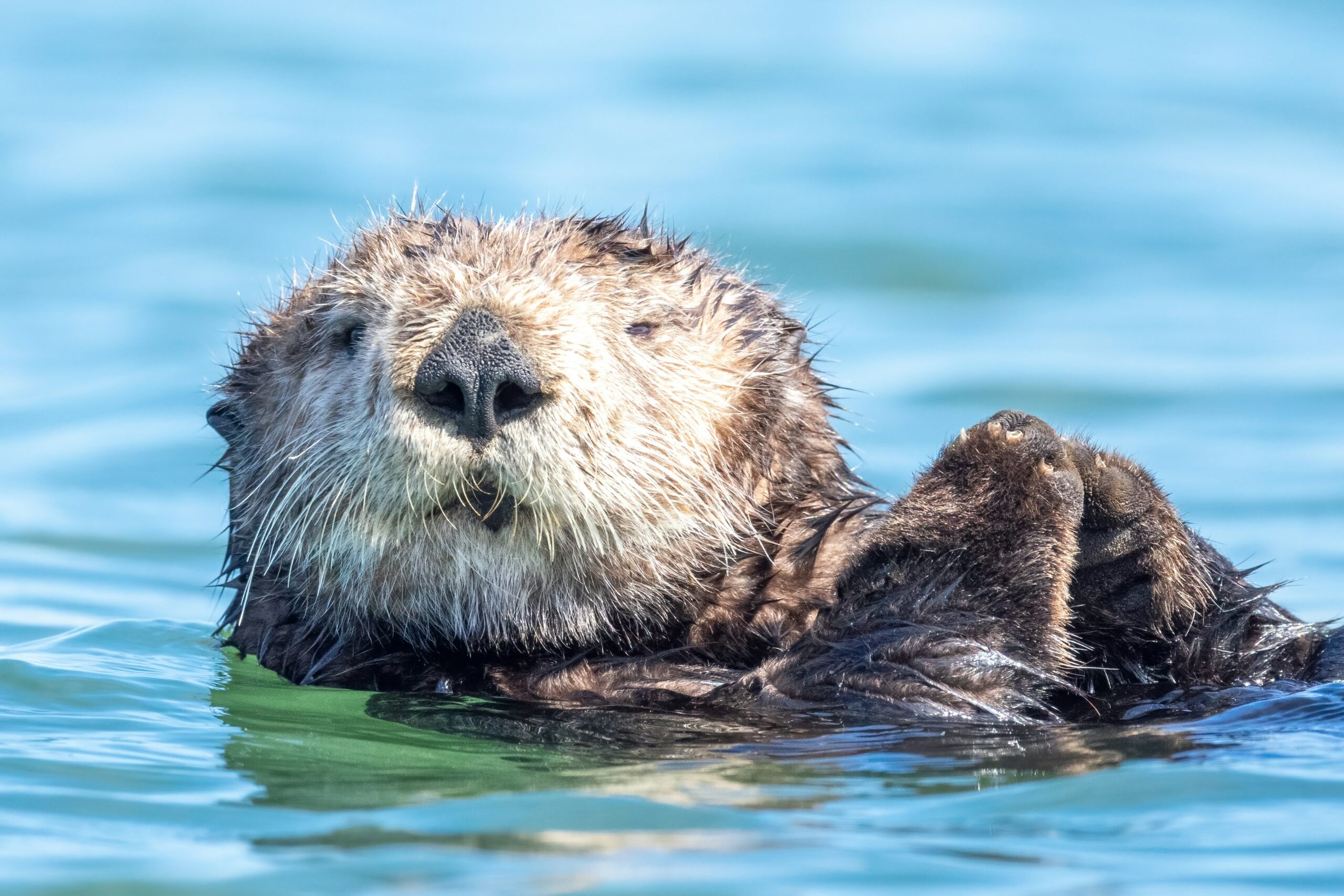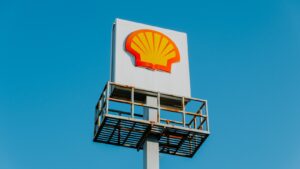A new study has revealed the startling carbon capture abilities of marine animals.

Research conducted by Ocean Science & Technology looked at how much ‘oceanic blue carbon’ individual types of marine animals can absorb and store. Collectively, seals, sharks, turtles and otters have been found to trap 11.5million tonnes of CO2 per year.
Equivalent to 401,000 square metres of forest, these species could fuel 11.2million return flights between New York and Paris, with otters alone capable of capturing the same amount of carbon as is produced by 6million diesel cars in a year
According to the team behind the investigation, a combination of hunting and rising pollution levels almost wiped British otters out during the 1950s, and had this happened the current state of the country’s environment and atmosphere could have been far worse than it already is today.
Seals, sharks, turtles and otters were the second highest group of animals in terms of carbon capture, falling only behind mesopelagic fish and ranking ahead of sperm whales. Between them, they save enough CO2 to offset almost 1.4million households annual fossil fuel consumption.
In particular, the group specialises in Trophic Cascade Carbon management by keeping herbivore numbers in check, allowing underwater plants to thrive. Only mesopelagic fish – those living at depths between 200 and 1000 metres – ranked higher for carbon capture.
‘Marine based science technology is key to unlocking many innovative and combative ways to fight climate change,’ said Mike Rees, Founder and CTO of Ocean Science & Technology. ‘As long as the right funds and resources are being put into amazing research like the work that’s being done on blue carbon, who knows what the future holds.’
CO2 emissions blue carbon can capture relatively throughout their lifetime:
| Marine Animal | No. of one-way flights from New York to Paris | No. of car journeys from Edinburgh to London | No. of households one year average |
| Mesopelagic fish | 13,850,000 | 253,795,812 | 3,419,753 |
| Otters, seals, sharks and turtles | 5,625,000 | 103,075,916
|
1,388,889 |
| Sperm whales | 1,000,000 | 18,324,607 | 246,914 |
| Any dead fish carcass | 96,350 | 1,765,576 | 23,790 |
| Blue whales | 70,000 | 1,282,723 | 17,284 |
| Yellowfin tuna | 31,250 | 572,644 | 7,716 |
| Sperm whales | 300 | 5,497 | 74 |
Top Carbon Storing Marine Animals
| Rank | Scientific name for type of blue carbon | Marine Animal | Carbon storage (metric tons per year) | Equivalent Forest Carbon Storage (sq km) | Country size equivalent (sq km) |
| 1 | Twilight Zone Carbon | Mesopelagic fish | 27,700,000 | 484,129 | Sweden |
| 2 | Trophic Cascade Carbon | Otters, seals, sharks and turtles | 11,500,000 | 401,985 | Iraq |
| 3 | Whale Pump | Sperm whales | 2,000,000 | 34,955 | Taiwan |
| 4 | Deadfall Carbon | Dead fish carcass | 192,700 | 3,368 | French Polynesia |
| 5 | Food Web Carbon | Blue whales | 140,000 | 2,447 | Luxembourg |
| 6 | Biomass Carbon | Yellowfin tuna | 62,500 | 1,092 | Faroe Islands |
| 7 | Biomixing Carbon | Sperm whales | 600 | 11 | Gibraltar |
More on climate change and net zero:
Image: Michael Steinman
















